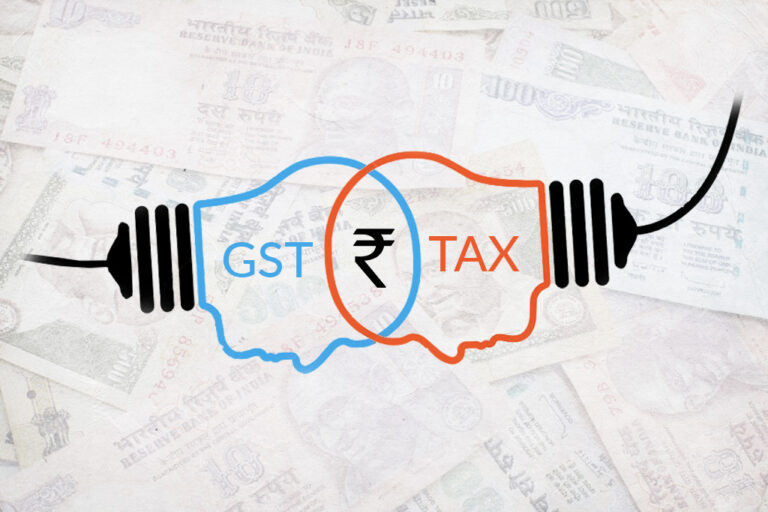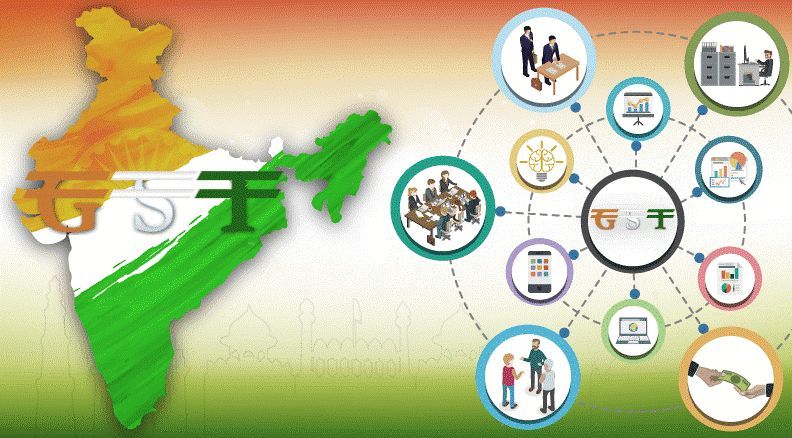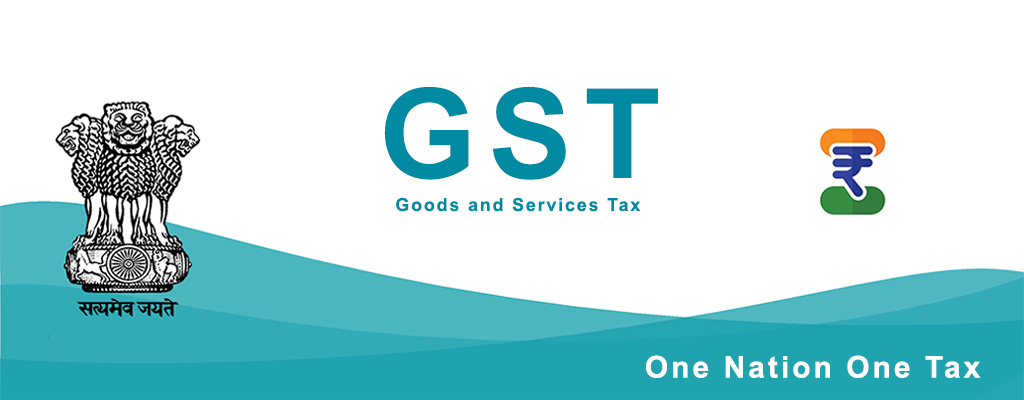Goods and Service tax bill, officially known as the constitution (one hundred and twenty-second amendment) bill, 2014 proposed a government implemented national value-added tax in India from June 2016. The GST implementation in India is “dual” in nature, i.e., it consists of two components: one levied by the Centre (CGST) and another imposed by States and Union Territories (SGST). However, the base of the tax levy would be identical. Initially, the government proposed implementing a national Goods and Services Tax.
However, following the release of the first discussion by the empowered committee of state Finance Ministers on November 10, 2009, it was confirmed that the country would have a “Dual GST.” Centre and state governments are entitled to charge taxes on goods and services. GST has been implemented in some form in nearly 150 countries.

The Goods and services tax (GST) was the most extensive and substantial indirect tax reform since 1947. It replaced many existing taxes levied on the manufacture, sale, and consumption of goods and services. GST addressed the tax structure’s cascading effect, bringing the country closer together economically. The transition from the previous regime to the GST regime had to be seamless in order for businesses to be unaffected by the reform to the point where business operations were disrupted.
As a result, they needed to register how to adapt to the change, and they had to develop models to improve business and find ways to decrease costs so that the customers are not overburdened, thereby attracting customers and increasing efficiency. They got vendors and suppliers registered to avail the credit and register the unregistered vendors and suppliers. They also made necessary software changes in companies’ accounting systems and created awareness and educated stakeholders regarding the same.
But as a matter of fact, the positive impact of the implementation of GST wasn’t reflected in a short span. Only after one complete cycle of the financial year was it possible to analyze the situation and find ways to cope up with the drawbacks.
The following is a brief historical overview of the GST’s progress in India:
-In 1994, Amaresh Bagchi Report suggested that the Value-added Government might implement the tax in India, a prelude to GST. In 2005, the Ahim Dasgupta empowered committee, appointed in 2000, implemented VAT, which replaced the previous tax system. There was a smooth transition from one scene to the next.
-In 2004, the Vijay Kelkar Task Force recommended the implementation of GST and the integration of indirect taxes. As a result, the Union Government announced in its 2006-07 budget that the GST would be implemented on April 9, 2010, based on recommendations from various committees and high-level discussions.
-The Union government, along with the State Government’s finance minister or nominee, started to study the impact of GST on the revenue of each of the states. The idea was to ensure a smooth transition into the GST regime. A Task Force of Finance Ministers submitted their report in 2009, but the Government could not put it in place as there was no consensus on rate structure. Other political developments and priorities also pushed GST into the back burner.
-On March 22, 2011, a bill to amend the Constitution was introduced. It was referred to the Parliamentary Standing Committee on Finance for discussion. However, the 115th Amendment Bill lapsed in 2004. In addition, on December 19th, 2014, the 122nd Amendment Bill to the Constitution was introduced. The Lok Sabha passed the Bill on May 6th, 2015, and Rajya Sabha passed the same on August 3rd, 2016.

Impact of GST
The impact of GST is an important concern as many definitions, rates of taxes, and other procedures have been reformed and modified in the GST regime. Every sector went through different changes to step in comfortably with this transition. But this change has both positive and negative sides from a different angle of various sectors. It was easier for sellers and consumers to understand the working of indirect taxes as people followed it for ages, but with the GST transition, some sectors have got benefits while others have called the loss.
The introduction of GST to the Indian economy has a multi-dimensional impact which would have favorable or unfavorable situations for various sectors. GST would indeed, with time, turn India into a manufacturing hub and would also boost the investments and exports, thereby increasing income-creating activities.

Benefits of GST
It is a simple method. The tax rate is the same in the whole country; it will not change rapidly. It brought transparency to the indirect taxation system. GST has made transparent, the taxes levied on the supply of goods and services. It has reduced the tax burden. The businesses have benefited from the common market—no truck line at the state border after GST. The imports have improved due to lower tax rates. The new tax system has improved tax compliance and boosted revenue receipts of central and state governments. It results in a reduced tax burden on many items.
Limitations of GST
The GST is an excellent type of tax. But there are several challenges that it has faced. First, there are many tax slabs in GST which can reduce the benefits. Second, there should be a separate registration for each state. Third, it needs more time to satisfy everybody. The States are confused about whether the GST will hamper their revenue. But the government ensured that they would compensate for the loss by GST.
This is very difficult for all the states to implement GST together at the same rates; the center has to coordinate with 28 states and 8 union territories to implement such tax regimes. Fourth, people are unaware of the tax rates, so it is essential to spread awareness. There are goods on which the tax rates have been increased. The GST structure can succeed only if the country has strong IT networks.
Conclusion
GST was the most significant step taken by the government in recent years. 150 countries all over the world have implemented GST with success. This is a user-friendly and transparent taxation system. GST has undoubtedly given India a world-class tax system by providing different treatment to manufacturer and service sectors.GST positively impacted various stakeholders like central government, state government, and industry. In addition, it has affected the national economy, international trade, firms, and consumers. However, GST is a good tax system. India had to face many challenges due to its diversity and lack of awareness in the IT sector.
Implementation was quite chaotic initially, but with time, this got better, and people better understood the new system. With a better understanding of the system, it’s working, and its actual effect on the organization, suggestions from economists, analysts, financial persons, and other researchers can be modified and applied to increase the volume of sales and also make higher profits by increasing the scale of operations.
It will absolve the business community from dealing with multiple tax authorities. By merging the plethora of indirect taxes into a single tax for both goods and services, seamless credit, lower effective tax, and reducing compliances or errors due to single law are the key features of GST.
India has gone through a lot of reforms in the past and has emerged triumphant, adapting to the change and finding ways to overcome the changing environment, and it will this time too.
Written by- Sahaj Singh Saluja
Edited by- Sohini Roy
